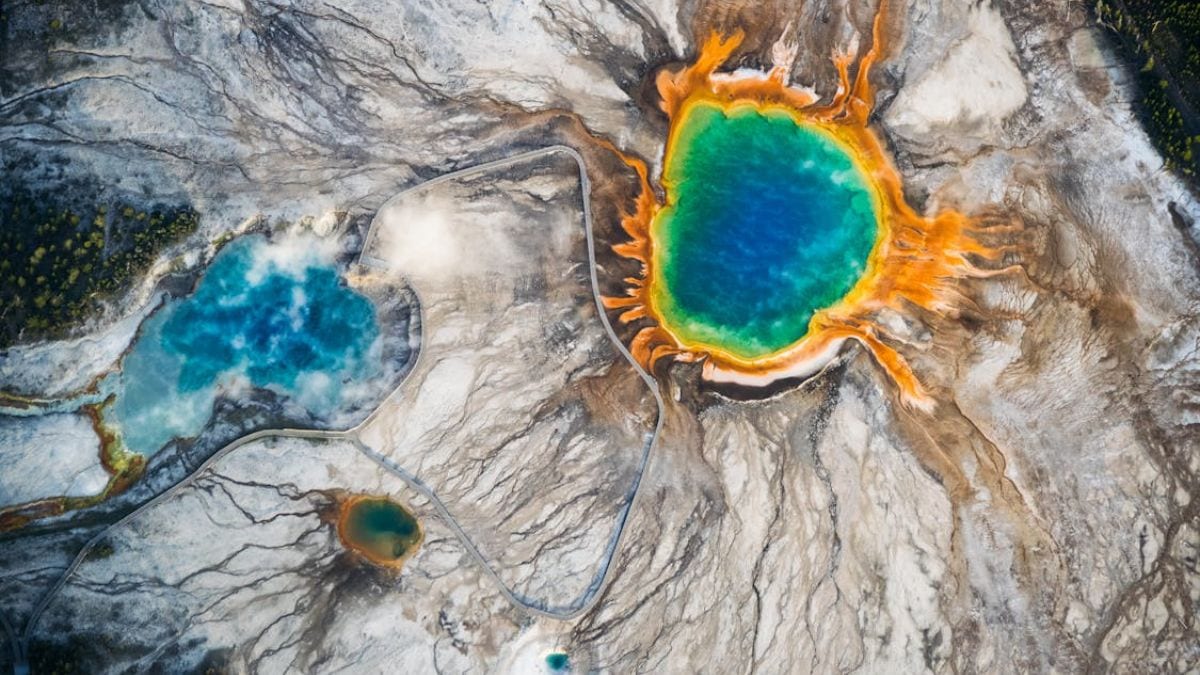Recent research has uncovered evidence suggesting a northeastward shift in volcanic activity within the Yellowstone Caldera, located in Yellowstone National Park in the US. Known as one of the largest super-volcanoes on Earth, Yellowstone's geological activity has long been studied due to its potential to cause significant environmental impacts. The findings indicate possible changes in magma dynamics beneath the caldera, which may help scientists better predict future activity and understand the complexities of the volcanic system.
Research Methodology and Key Findings
According to a study published in the Nature journal, geologists from the US Geological Survey, Oregon State University, and the University of Wisconsin–Madison utilized magnetotelluric surveys to investigate the structure beneath the caldera. This method measures electromagnetic properties and infers the conductivity of Earth's crust, providing insights into magma storage and movement.
The researchers identified seven distinct magma reservoirs at depths ranging from 4 to 47 kilometers, with interconnected systems feeding into one another.
As reported by Phys.org, the study highlighted the northeast region as the most active, where reservoirs contained basaltic magma at lower levels and rhyolitic magma near the surface. The melt storage in this area was estimated between 388 and 489 cubic kilometers — significantly higher than other regions of the caldera. These findings mark a shift from previous eruptions, which were concentrated in the southern, western, and northern areas.
Implications for Future Monitoring
The team emphasized that while no immediate eruption is predicted, the study underscores the importance of continuous monitoring of the caldera. Jamie Farrell, a seismologist at the University of Utah, stated to phys.org that understanding magma storage dynamics is crucial for assessing future risks.
These advancements in geophysical imaging provide scientists with a clearer picture of the processes occurring beneath Yellowstone, offering valuable data for predicting potential eruptions.
The research contributes to ongoing efforts to enhance volcanic hazard assessments and improve early warning systems for communities near active volcanic regions.
For the latest tech news and reviews, follow Gadgets 360 on X, Facebook, WhatsApp, threads and Google NewsFor the latest videos on gadgets and tech, subscribe to our YouTube channelIf you want to know everything about top influencers, follow our in-house Who'sThat360 on Instagram and YouTube,

Samsung Galaxy S24 Series to Get Improved Fingerprint Recognition With One UI 7 Beta 3
Vivo X200s Tipped to Feature MediaTek Dimensity 9400+ Chipset, 1.5K Resolution Display



